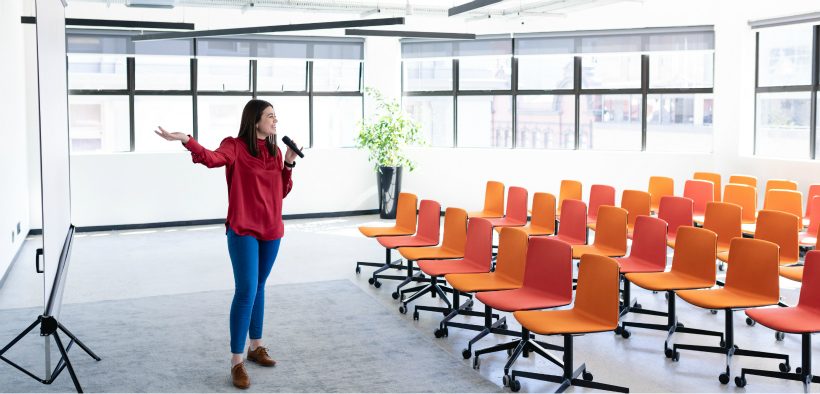“Practice makes perfect!”
Although the perfection part remains elusive, we’ve all experienced how practice improves performance. But why? What changes during practice? And why do those changes result in better performance? Those questions matter to teachers and students. As teachers we regularly advocate that students practice (“do more problems,” “revise your first draft”), but often this advice falls on deaf ears.
Exploring How Practice Affects Performance

- Tags: practice, student learning
Related Articles
I have two loves: teaching and learning. Although I love them for different reasons, I’ve been passionate about...
Active learning is a mostly meaningless educational buzzword. It’s a feel-good, intuitively popular term that indicates concern for...
Perhaps the earliest introduction a student has with a course is the syllabus as it’s generally the first...
Generative AI allows instructors to create interactive, self-directed review activities for their courses. The beauty of these activities...
I’ve often felt that a teacher’s life is suspended, Janus-like, between past experiences and future hopes; it’s only...
I teach first-year writing at a small liberal arts college, and on the first day of class, I...
Proponents of rubrics champion them as a means of ensuring consistency in grading, not only between students within...








